How to Catch Fish Tutorial

Fishing can be an incredibly rewarding experience, whether you’re looking for a peaceful escape or seeking the thrill of a big catch.
Freshwater fishing is one of the most popular hobbies around the world, offering an accessible way for beginners to dive into the sport.
This guide is designed to provide you with everything you need to get started, from essential equipment to understanding fish behavior and mastering casting techniques.
Getting Started: Essential Equipment for Beginners
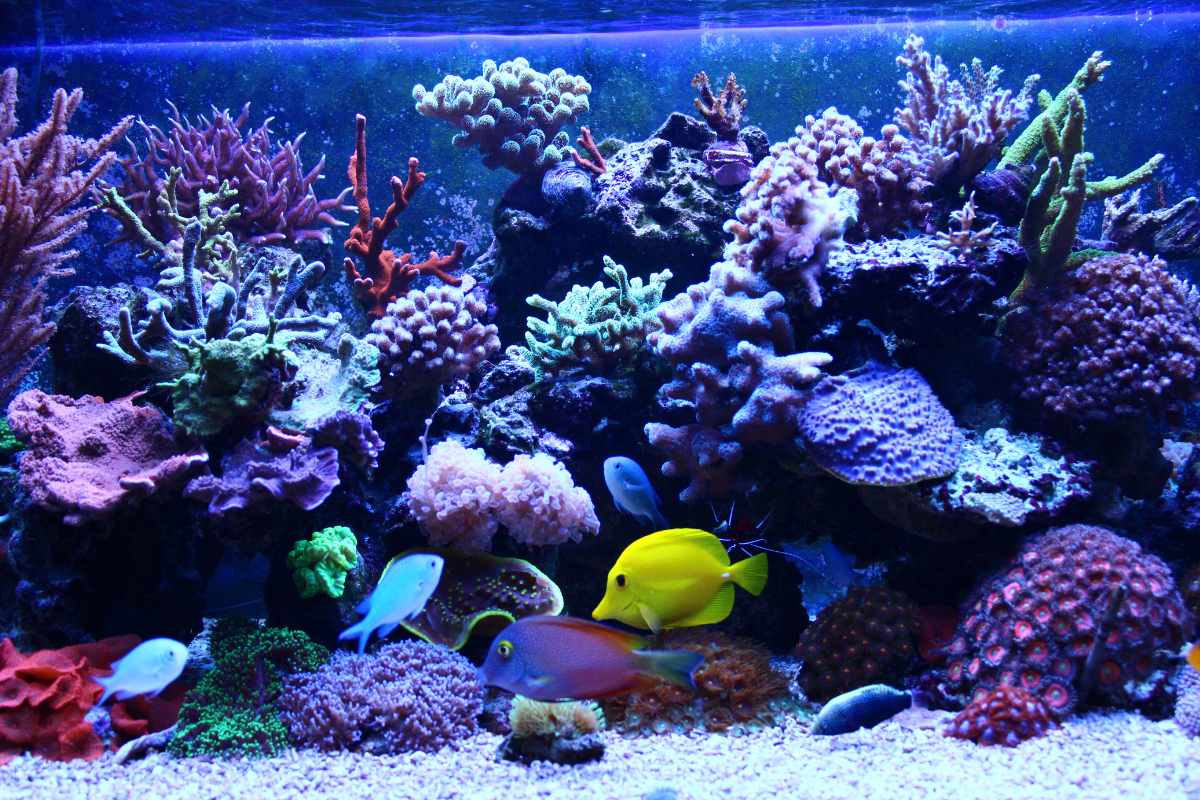
Before you head out to the water, it's important to equip yourself with the right gear. Investing in quality fishing equipment is essential to your success. Here’s what you’ll need:
Fishing Rod and Reel
A beginner-friendly rod and reel combo should be your first purchase. Look for a medium-action rod (which offers a good balance between strength and sensitivity) paired with a spinning reel.
Spinning reels are easy to use, making them perfect for novices.
Fishing Line
For freshwater fishing, a monofilament line with a 6-10 lb test strength is a solid choice for beginners. This line is affordable, easy to handle, and versatile enough for most freshwater species.
Hooks and Bait
Hooks come in various sizes, and the choice largely depends on the type of fish you’re targeting. Live bait such as worms, minnows, or insects is popular and effective, while artificial lures mimic the movement of prey.
Tackle Box and Accessories
Keep your hooks, lures, weights, and other small accessories organized with a tackle box. Other helpful tools include pliers, line cutters, and fishing scales.
Understanding Fish Behavior
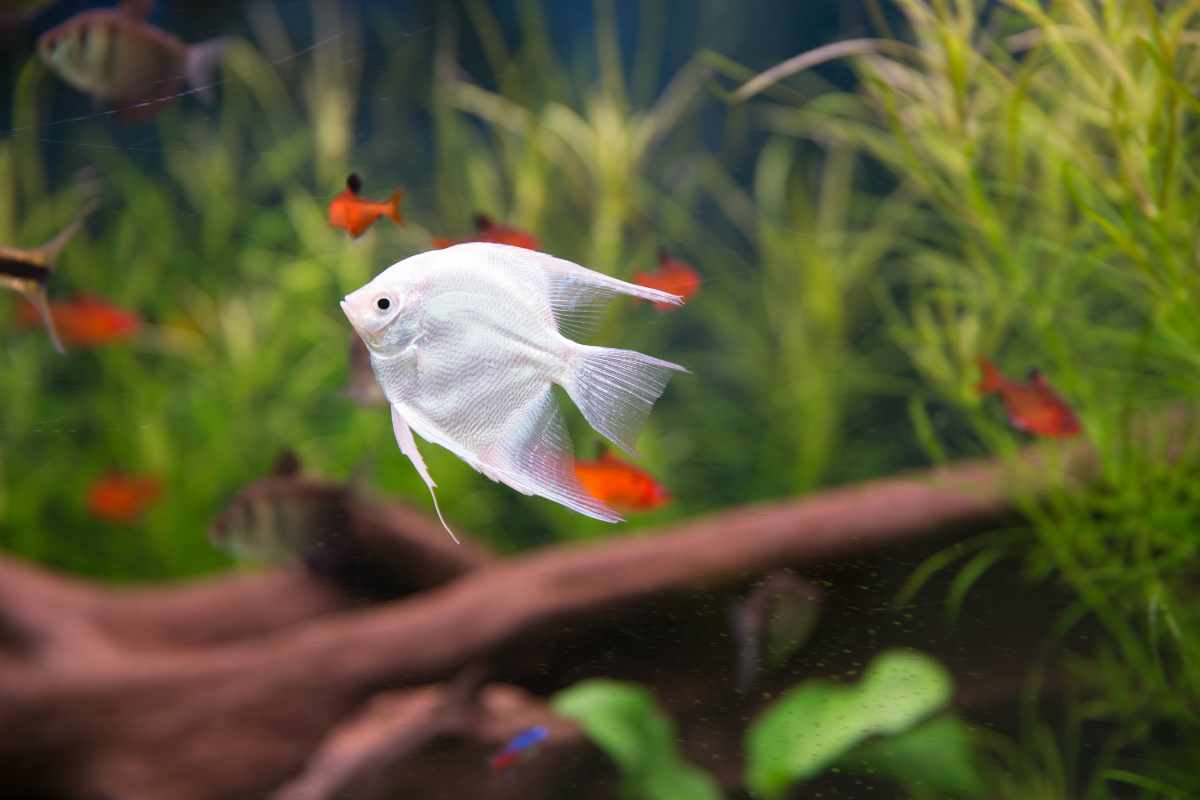
One of the most critical aspects of successful fishing is understanding the fish you're trying to catch. Each species has unique habits and preferred conditions. Here’s what you need to know about fish behavior:
Feeding Times
Fish are more active and hungry during certain times of the day. Most freshwater species are diurnal, meaning they feed during daylight hours. However, early mornings and late afternoons are typically the best times to fish as fish are more active.
Water Temperature
Different species prefer different water temperatures. For example, bass thrive in warmer water (60-75°F), while trout prefer cooler water (50-60°F). Knowing the water temperature can help you determine where fish are most likely to be.
Shelter and Depth
Fish often seek shelter in areas with structure, such as submerged rocks, fallen trees, or vegetation.
Fish are also more likely to be found in deeper water during the heat of the day and will move to shallower areas in cooler conditions.
Mastering Basic Fishing Techniques

Now that you have the right gear and understand fish behavior, it’s time to learn some basic fishing techniques. Whether you’re casting from a shore or fishing from a boat, these tips will help you get started.
Casting Techniques
To cast a line, first hold your rod at a 45-degree angle with your thumb on the spool (for a spinning reel). Pull the rod backward and then thrust it forward, releasing the line when the rod is pointing in the direction you want to cast.
Practice to master your casting distance and accuracy.
Reeling In
When a fish bites, you’ll feel a tug on the line. To reel it in, slowly turn the reel handle while keeping the line taut. Avoid jerking the rod, as this can cause the hook to come loose. Be patient and allow the fish to tire out before bringing it closer.
Setting the Hook
Once you feel a fish on the line, set the hook by swiftly raising the rod. This action will embed the hook into the fish’s mouth. Timing is crucial—wait for a solid pull before setting the hook.
Catch and Release
If you’re practicing catch-and-release, handle the fish gently. Use pliers to remove the hook without damaging the fish, and return it to the water quickly to ensure its survival.
Choosing the Right Fishing Spot
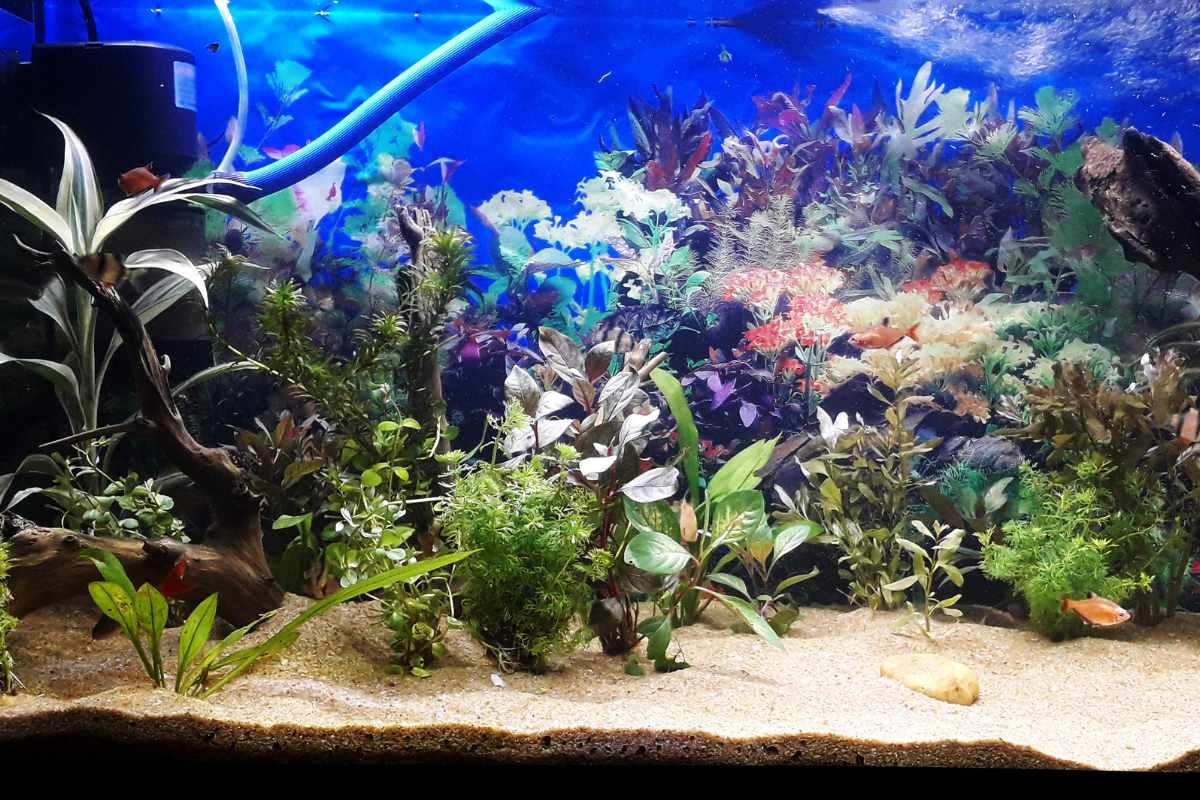
Fishing can be a game of patience, but choosing the right spot can significantly improve your chances of success. Here are some tips to help you pick the best fishing locations:
Shallow Areas Near Deeper Water
Fish often congregate in shallow areas near drop-offs where they can easily move between deeper and shallower water. Look for changes in depth, such as a sudden drop or an underwater ridge, as these are prime locations for fish to gather.
Near Vegetation
Areas with dense aquatic plants are perfect places for fish to hide and forage for food. Look for weed beds, lily pads, or submerged logs, which offer natural shelter and attract fish.
Around Structures
Submerged structures such as fallen trees, rocks, and piers serve as ideal hiding spots for fish. These areas provide shade, protection, and a source of food, making them a great place to fish.
Tips for Different Types of Fish
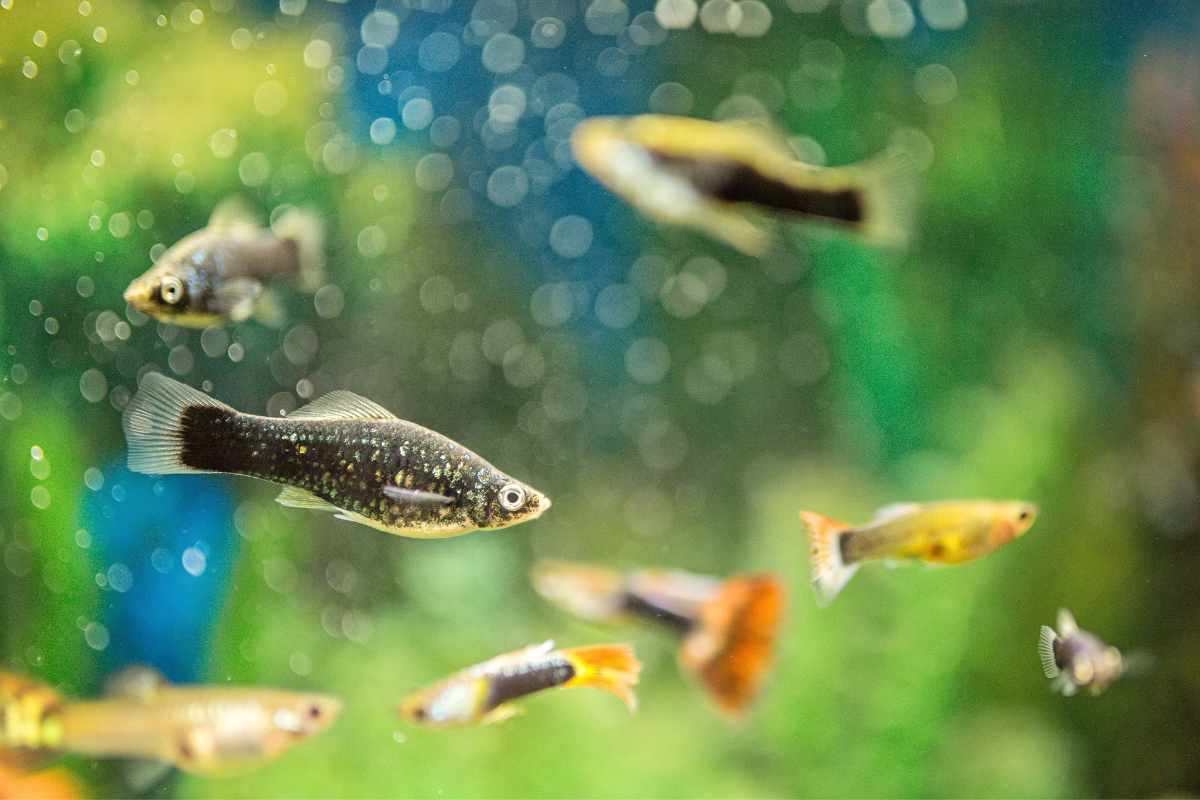
While the basic principles of fishing apply to most species, each type of fish has its own preferences. Here are some tips for targeting common freshwater species:
Bass
Bass are often found near weed beds, submerged structures, and rocky points. Use plastic worms, crankbaits, or spinnerbaits to attract them.
Try to fish in shallow waters early in the morning and move to deeper water as the day warms up.
Trout
Trout prefer cooler, oxygen-rich waters such as streams, rivers, and lake inlets. Use spinners or live bait like worms. When fishing in a stream, look for riffles, where the water moves fast and fish are more likely to be feeding.
Bluegill and Panfish
These smaller species are common in ponds and lakes. They prefer shallow waters and can be caught with live bait such as worms or crickets. Bobber fishing is particularly effective for bluegill.
Staying Safe While Fishing
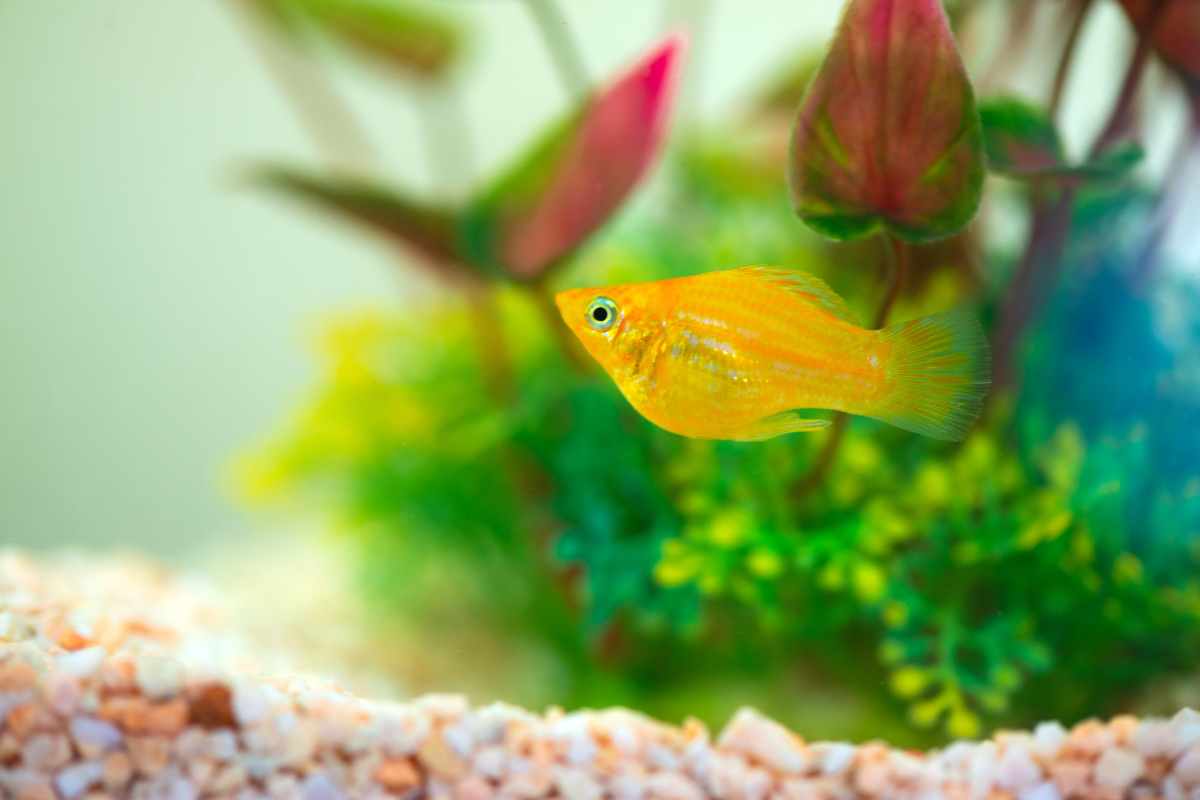
Fishing is a fun and relaxing activity, but safety should always come first. Here are some safety tips to keep in mind:
Sun Protection
Wear sunscreen, a hat, and polarized sunglasses to protect yourself from the sun’s rays. Polarized glasses also help reduce glare on the water, making it easier to spot fish.
Water Safety
If you're fishing from a boat, always wear a life jacket. Even in calm waters, accidents can happen. When wading in rivers or lakes, be mindful of your footing to avoid slipping on rocks.
Stay Hydrated and Rested
Fishing can be physically demanding, especially if you’re standing or walking for long periods. Drink plenty of water and take breaks to avoid exhaustion.
Final Thoughts: Enjoying the Journey of Fishing

Fishing isn’t just about catching fish; it’s about enjoying the outdoor experience, learning new skills, and spending time in nature.
With the right equipment, knowledge of fish behavior, and patience, you’ll find that the thrill of fishing is well worth the effort. Whether you’re fishing for sport or relaxation, the joy of reeling in your first catch will always stay with you.
If you're new to fishing, don’t get discouraged by the slow days. The more you practice, the better you'll become. Happy fishing!



You may also like